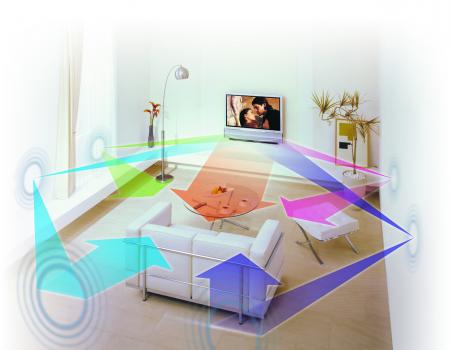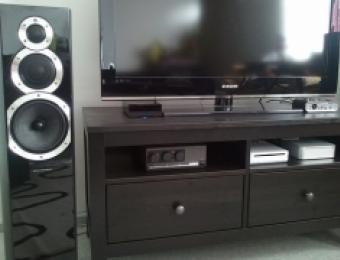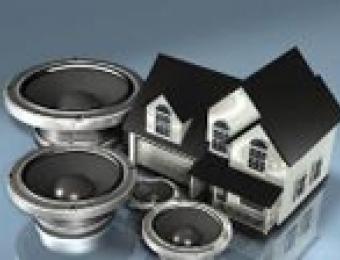
Assembling a sound system can leave consumers struggling with a tangle of cabling and speakers, but hassle-free surround sound doesn't always have to be difficult. Soundbars simplify the process by replicating surround sound through single amplified speaker technology.
How do soundbars work?
Essentially, soundbars consist of seven speakers in one – with each speaker fitted inside the ‘bar’ and positioned in such a way as to achieve surround sound. A psycho-acoustic effect means sound literally bounces off the walls.
“The technology messes with your senses – it’s tricking them into believing the sound is behind you when it’s not,” Sound and Image director Carmelo Arena says. Sound and Image is the Australian distributor of Anthony Gallo Acoustics and Soundmatters. “It’s similar to an optical illusion.”
The soundbar does not sacrifice quality for convenience: the sound quality is comparable to that of a conventional sound system.
“They certainly do produce a great effect, so there’s no real loss of sound,” says Dale Moore, a product manager for Yamaha. “If anything, some of these systems have more technology on board because of their ability to produce multiple channels of sound through the one sleek unit... Some of the latest technology is built into soundbars and you’re not missing out on a lot of things that you get out of a home theatre receiver.”
Carmelo agrees that soundbars provide high-quality sound. “In conventional systems, most of the sound comes from the front,” he says.
“With conventional surround sound I don’t believe you hear the rears interacting as much as they should, whereas with soundbars the full effect is top quality.”
“Basically they send around different ‘beams’ of sound, so there’s a unique beam for each channel – front left, front right, centre, surround left and surround right. “They are designed to bounce sound off the wall to give you a proper surround sound effect. They produce five discrete channels of sound rather than just a virtual sound effect.”
Carmelo’s products use a different technology. Developed in Japan, it does not require reflective walls to function. “It still decodes things like Dolby Digital Surround and DTS, but our system features surround processing without the need for that type of technology,” he says.
“Essentially, with our soundbars you don’t need rear speakers, reflecting walls, an AV receiver or sub-woofer.”
Good for smaller setups
Because everything is contained in one piece of equipment, soundbars are perfect for renters or those who move house often. The units are not light – most models weigh more than 10kg – but the set-up is minimal and the cabling limited. “Setting up a home theatre with cables running around the room is a bit difficult for renters,” Yamaha product manager Dale Moore says. “And if you move house there’s a lot of work setting it up again.”
Other popular applications include small apartments and single rooms in which a full sound system is bordering on overkill. Aesthetics also come into play. “Soundbars are good for people who don’t want extra speakers and cables in the house,” Dale says. “Having a single unit at the front of the room makes the aesthetics of the home theatre system unique.
“One of the big benefits is that if you’re hanging a plasma on a wall, soundbars are shallow enough that they can also hang on the wall – so it’s a complete, neat system.” Carmelo concurs, adding that our preference for smooth, streamlined plasma TVs has created a demand for aesthetically pleasing sound systems.
“Installation is relatively simple. A lot of the plasmas now have an ‘optical out’, and all you need to do is run an optical cable out of the table and filter all the sound coming out of the TV into the soundbar.”





